تعد عملية التصنيع إحدى أقدم عمليات التصنيع المعروفة. هنا تتم العملية عن طريق أدوات القطع لإزالة المواد من القطعة. لذا, وله تطبيقات هامة في السيارات, الفضاء الجوي, وصناعات البناء التي تتطلب الدقة وسرعة التشغيل. هناك فئتان رئيسيتان لعمليات التصنيع: التقليدية وغير التقليدية. إن معرفة الاختلافات في هذه العمليات مفيدة لاتخاذ القرارات المتعلقة بتطبيقات مواد معينة وخصائص التصميم. لذا, في هذه المقالة, سنصف عمليات المعالجة مع التركيز على أهميتها, فوائد, واستخداماتها في الممارسات الصناعية الحالية.
ما هو بالقطع?
بالقطع هي عملية القطع, إما منفرداً أو متتابعاً, من المواد من الشغل. لذا, يمكن أن يعطي الشكل المطلوب, مقاس, والانتهاء من السطح. وعادة ما يتم ذلك عن طريق استخدام الأدوات, والآلات التي تنقل القوة والطاقة للحد, عملية, أو المواد النموذجية. هذه المواد في الغالب معدنية, بعض أنواع البلاستيك, وغيرها من المركبات. علاوة على ذلك, تساعد دقة التصنيع على تصنيع قطع غيار معقدة بدعم صغير.
اعتمادًا على نوع الأداة المستخدمة والطاقة المطبقة أثناء إزالة المواد, يتم تصنيف الآلات إلى قسمين, التقليدية وغير التقليدية. لذا, دعونا نناقش هذه العمليات بالتفصيل.
عمليات الآلات التقليدية
تستخدم عمليات التصنيع التقليدية أداة القطع لإزالة المواد من قطعة العمل. هذه مهمة في تصميم المواد الخام إلى الأجزاء المناسبة المطلوبة في مختلف المجالات. فيما يلي شرح أكثر تفصيلاً لعمليات المعالجة التقليدية الرئيسية:
1. تحول
تحول يحمل ويدور الشغل على مخرطة. هنا تساعد أداة القطع ذات النقطة الواحدة على إزالة المواد وإنتاج الأجزاء الأسطوانية, أي. قضبان مهاوي, والبطانات. تحدد هذه العملية القطر بدقة, سطح, ومحيط الجزء ويمكن استخدامه عند إجراء عمليات حسابية دقيقة أو عمل تفصيلي. إلى جانب ذلك, ويستخدم على نطاق واسع في وحدات تصنيع السيارات والطائرات.
2. طحن
طحن يساعد الأداة على الدوران حول مادة ما، وتقوم حواف القطع بإزالة المادة من قطعة العمل. هنا, الشغل لا يتحرك, الأداة ثابتة ولكنها تدور في قاطعة متعددة الأسنان. بالمقارنة مع أنواع الآلات الأخرى, يمكن لآلات الطحن أن تقوم بالتمزق والقطع المتقاطع بمحاور مختلفة بزوايا وأعماق مختلفة. لذلك, يمكنهم صنع أجزاء دقيقة للغاية, أي. التروس, اجزاء المحرك, أو قوالب.
3. حفر
الحفر هو عملية قطع أو حفر ثقوب دائرية في قطعة العمل عن طريق ارتداء أداة تسمى المثقاب. لكن, إنها واحدة من العمليات الأكثر استخدامًا في التصنيع والتي تتضمن عمل ثقوب لاستيعاب أدوات التثبيت, البراغي, أو قنوات السوائل. يمكننا تنفيذ التوسيع, ممل, أو التنصت بعد الحفر, للعثور على الحفرة أو تغيير أبعادها.
4. طحن
طحن يستخدم عجلة جلخ تدور لأنها تقطع المزيد من المواد وتخلق سطحًا أنعم. إنها مناسبة لإنهاء العمليات بسبب دقتها العالية, التحمل قريبة جدا, والتشطيبات السطحية الناعمة على المواد بما في ذلك المعادن المتصلبة. يستخدم على نطاق واسع خاصة في صناعات صنع الأدوات والصناعات الهندسية الدقيقة.
5. نشر
يمكن إجراء النشر عن طريق إجراء حركات ترددية عبر شفرة المنشار, يمكننا القيام بذلك من خلال الدوران المستمر حول قطعة العمل. علاوة على ذلك, يتم تطبيقه بشكل متكرر لقطع المواد مثل القضبان, معدن, الأخشاب, والبلاستيك بالأحجام الصحيحة للعمليات الأخرى.
6. التطرق
يأخذ التطرق المادة من المكون عن طريق تمرير أداة ذات أسنان القطع. لذا, يمكن أن تنتج ملفات تعريف داخلية أو خارجية, في أشكال مقطوعة واحدة مثل الخطوط, طرق المفاتيح, التروس, إلخ. إنه دقيق للغاية ويوفر إنتاجية محسنة بكميات كبيرة من الإنتاج. لكن, من الأفضل استخدام التطرق في الأشكال المعقدة والمعقدة, والتي لا يمكن إنتاجها بسهولة بعمليات أخرى.
7. التخطيط
التخطيط هو شكل من أشكال الطحن حيث تدور قطعة العمل على طول خط مستقيم بينما يظل القاطع ثابتًا. يساعد في توليد أسطح مستوية على القطع الكبيرة والضخمة مثل المكيفات, طاولات الآلة, أدلة, والسكك الحديدية. إلى جانب ذلك, تعتبر عملية التصنيع هذه أقل استخدامًا اليوم ولكنها فعالة في تصنيع الأجزاء الكبيرة بأسطح أساسية ناعمة للغاية.
عمليات الآلات غير التقليدية
تتضمن عملية التصنيع غير التقليدية استخدام الطاقة الكهربائية, الطاقة الكيميائية, أو الليزر لإزالة المواد من قطعة العمل. تُستخدم هذه الأساليب بشكل كبير في تصنيع المواد التي يصعب قطعها والتصميمات المعقدة بدقة عالية. لذا, فيما يلي بعض عمليات التصنيع التقليدية الشائعة.
1. معالجة التفريغ الكهربائي (موسيقى الرقص الإلكترونية)
موسيقى الرقص الإلكترونية يعمل عن طريق تآكل قطعة الشغل من خلال شرارات كهربائية بين الأداة وقطعة الشغل. في كثير من الحالات, يتم غمر الأداة وقطعة العمل في سائل عازل. إنها مناسبة للأداء على المواد الصلبة والهشة والأشكال الهندسية الصعبة ذات الميزات الدقيقة التي يصعب تحقيقها بواسطة التقنية التقليدية. لذا, يجعل استخدامه مناسبًا في تصنيع القوالب والقوالب لصناعات الطيران والسيارات.
2. الآلات الكيميائية
المعالجة الكيميائية هي عملية تتم فيها إزالة المادة بواسطة الصنفش عن طريق تفاعل غير كهروكيميائي في قطعة العمل. تُستخدم هذه الطريقة عادةً لإنشاء تصميمات على مستوى ومواد رقيقة, أي. المعادن والبلاستيك. إنه يوفر دقة دقيقة ويهيمن على صناعات الإلكترونيات والفضاء, حيث تتطلب الأجزاء الصغيرة ميزات معقدة.
3. التصنيع الكهروكيميائي (إدارة المحتوى في المؤسسة)
يقوم ECM بتركيز الكهرباء والكهارل الموصل لإزالة المواد من قطعة العمل بمعدل انتقائي. وهو مناسب لتصنيع الأشكال الهندسية الصعبة في المواد الصلبة والحساسة للضغط مثل شفرات توربينات الطائرات والأدوات الطبية. إنه مهم لدقته ونطاق العمل مع المواد المعقدة.
4. التصنيع النفاث الكاشطة (AJM)
الكاشطة AJM توجه الجسيمات الكاشطة عالية السرعة إلى قطعة العمل, باستخدام الهواء أو الغاز لإزالة المواد من سطحه. هذه المعدات مفيدة لتقطيع المواد مثل الزجاج الفضي أو السيراميك. هذه المواد لا تخضع لأي ضغط على الحرارة. لذا, تُستخدم هذه الطريقة على نطاق واسع في الإلكترونيات والبصريات لإنتاج أشكال هندسية صغيرة وأنسجة سطحية دقيقة.
5. الآلات بالموجات فوق الصوتية (USM)
يستخدم USM اهتزازات فوق صوتية عند ملامستها لسطح قطعة العمل لإخراج الملاط الكاشط وإزالة المواد عن طريق القطع الدقيق. لديها نطاق واسع من التطبيقات للأقمشة الرقيقة لأنها تسمح بتصميمات معقدة وتلميع دقيق. توجد أمثلة على ذلك في الأجهزة الطبية وصناعة المجوهرات حيث تكون الدقة أمرًا مهمًا.
6. تصنيع الشعاع الإلكتروني (إب)
يستخدم EBM شعاعًا إلكترونيًا شديد التركيز لإذابة المواد الموجودة على سطح قطعة العمل وبالتالي إنتاج ميزات رائعة. يعتبر هذا النوع عالي الدقة مثاليًا عند عمل ثقوب صغيرة أو أجزاء معقدة. لذا, تأكد من عدم تسخينه بواسطة المناطق المتضررة بالحرارة التي تلحق الضرر بالمكونات.
7. تصنيع شعاع الليزر (LBM)
يستخدم LBM ليزرًا مركّزًا عالي الطاقة لإذابة المادة بعيدًا عن سطح قطعة العمل. لذا, يمكن أن يكون لها العديد من التطبيقات في القطع, النقش, ووضع العلامات. إلى جانب ذلك, إنه دقيق, وينتج عن مسار الأداة شق صغير, وهو مناسب للصناعات ذات أنماط القطع المعقدة. هذه الهيئة العامة للهيئة العامة للسيارات, الفضاء الجوي, والصناعات الإلكترونية لأنه يقلل من الضغط الميكانيكي على القطعة.
الاختلافات بين عمليات الآلات التقليدية وغير التقليدية
فيما يلي بعض الاختلافات الشائعة بين عمليات التصنيع التقليدية وغير التقليدية:
| معايير | الآلات التقليدية | الآلات غير التقليدية |
| مصدر الطاقة | ميكانيكية (أدوات القطع) | متنوع (كهربائي, كيميائية, الليزر) |
| طريقة إزالة المواد | القطع بأدوات حادة | تآكل, ذوبان, أو التفاعلات الكيميائية |
| دقة | معتدلة إلى عالية (± 0.01 ملم) | عالية إلى عالية جدًا (± 0.001 ملم) |
| توافق المواد | المعادن والبلاستيك | المواد الصلبة, السيراميك, المركبات |
| صقل الأسطح | معتدل (رع 1.6 - 3.2 ميكرومتر) | ممتاز (رع < 0.2 ميكرومتر) |
| معدل الإنتاج | عالية للأشكال البسيطة | أبطأ للأشكال المعقدة |
| وقت الإعداد | وقت إعداد أقصر | وقت إعداد أطول |
| يكلف | انخفاض التكلفة لكل جزء | ارتفاع التكلفة الأولية |
| ارتداء أداة | ارتداء كبير | الحد الأدنى من التآكل |
| تأثير بيئي | تنتج الرقائق والنفايات | الحد الأدنى من النفايات, أكثر صديقة للبيئة |
| التطبيقات | التصنيع العام, السيارات | الأجهزة الطبية, مكونات الفضاء الجوي |
ما هي عملية التصنيع الأفضل, تقليدية أو غير تقليدية?
تميل دقة المعالجة إلى التباين حسب العملية المستخدمة وطبيعة المادة. على العموم, عمليات التصنيع غير التقليدية مثل EDM, إدارة المحتوى في المؤسسة, و LBM أكثر دقة حسب طبيعة العمل, هندسة, ونوع المادة. حفر, طحن, تحول, وعمليات التصنيع الأخرى دقيقة ولكنها تتطلب عادةً مزيدًا من التشطيب للحصول على دقة جيدة. ختاماً, تعد تقنيات التصنيع التقليدية وغير التقليدية جيدة ولكن اختيارها يعتمد على المادة, نوع الهندسة, والدقة المطلوبة للأداة.
مزايا وقيود عمليات التصنيع التقليدية
فيما يلي بعض مزايا عمليات التصنيع التقليدية:
| مزايا | محددات |
| - انخفاض التكلفة لكل جزء | – دقة محدودة مقارنة بغير التقليدية |
| – معدلات إنتاج عالية للأشكال البسيطة | – تآكل كبير للأداة |
| - العمليات والأدوات المعمول بها | - غير مناسب للمواد الصلبة أو الأشكال المعقدة |
| - متعددة الاستخدامات لمختلف المواد | - توليد النفايات (رقائق) |
| - أوقات إعداد أقصر | - تشطيب سطحي أقل دقة |
مزايا وقيود عمليات الآلات غير التقليدية
فيما يلي بعض مزايا عمليات التصنيع غير التقليدية:
| مزايا | محددات |
| – دقة عالية وتحمل ضيق | - ارتفاع تكلفة الجزء الواحد |
| - مناسب للمواد الصلبة والأشكال المعقدة | - تباطؤ معدلات الإنتاج |
| - الحد الأدنى من تآكل الأدوات | - الإعداد المعقد والمعايرة اللازمة |
| - تشطيب سطحي ممتاز | – قد يكون الوصول إلى المعدات المتخصصة أقل صعوبة |
| – الحد الأدنى من النفايات, في كثير من الأحيان صديقة للبيئة | - قد تكون هناك حاجة إلى تدابير سلامة إضافية |
خاتمة
ختاماً, أنواع عمليات الآلات, يعد التصنيع عنصرًا مهمًا في التصنيع لأنه يوفر العديد من التقنيات لتشكيل وإنتاج المكونات. الأمثلة الرئيسية للطرق التقليدية لقطع المواد هي الدوران, طحن, وطحن. جميعها معتمدة للأجزاء المعدنية والبلاستيكية. على الجانب الآخر, تجعل الآلات غير التقليدية من الصعب تشكيل المواد وتتطلب الأعمال عالية الدقة ذلك. وقد تشمل هذه الآلات آلات EDM وشعاع الليزر. عند اختيار طرق التصنيع الصحيحة, تقييم أوجه التشابه والاختلاف في هذه العمليات. سيساعدك ذلك على اختيار أفضل طريقة لمزيد من الدقة, سريع, وعمليات التصنيع عالية الجودة.
أسئلة مكررة
1. ما هو الفرق بين تحول والطحن?
في الدوران, يتم تدوير الشغل, بينما في الطحن فهي أداة القطع التي يتم تصنيعها للتدوير. الخراطة تشكل أجزاء أنبوبية بينما يساعد الطحن في تشكيل مكونات مقطعية مسطحة أو معقدة.
2. ما هي المواد الأكثر ملاءمة لـ EDM؟?
EDM مناسب للمواد عالية المتانة, أي. أداة الصلب, التيتانيوم, ومواد كربيد التنغستن, ويصعب تصنيعها باستخدام التقنيات التقليدية.
3. ما هي الميزة الرئيسية للآلات غير التقليدية?
يمكن للآلات غير التقليدية أن تقوم بتصنيع المواد التي يصعب تشكيلها. كما أنه يساعد أجزاء الماكينة ذات الأشكال الهندسية المعقدة دون تآكل الأدوات كثيرًا وبدقة عالية جدًا.
4. ما هو الفرق بين الآلات الكيميائية وECM?
تعمل الآلات الكيميائية على إذابة المواد باستخدام مادة كيميائية بينما يقوم ECM بإذابة المواد عن طريق تمرير تيار كهربائي من خلالها وإلكتروليت.
5. ما هو استخدام الجزيئات الكاشطة في AJM?
في الآلات النفاثة جلخ, يعمل التأثير عالي السرعة للجزيئات الكاشطة على صقل سطح العمل بشكل فعال عن طريق إزالة المادة.
6. هل من الممكن أيضًا قطع جميع المواد باستخدام آلة شعاع الليزر؟?
يمكن لـ LBM قطع المواد الأكثر شيوعًا بما في ذلك المعادن, البلاستيك, والسيراميك. لكن, يعتمد فرق معدل القطع على الخواص الحرارية للمادة.

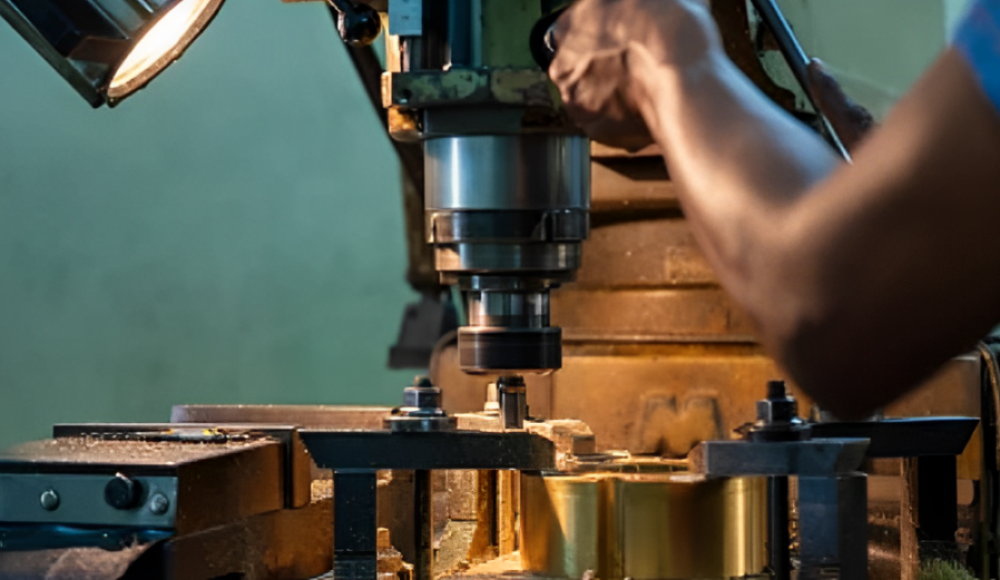

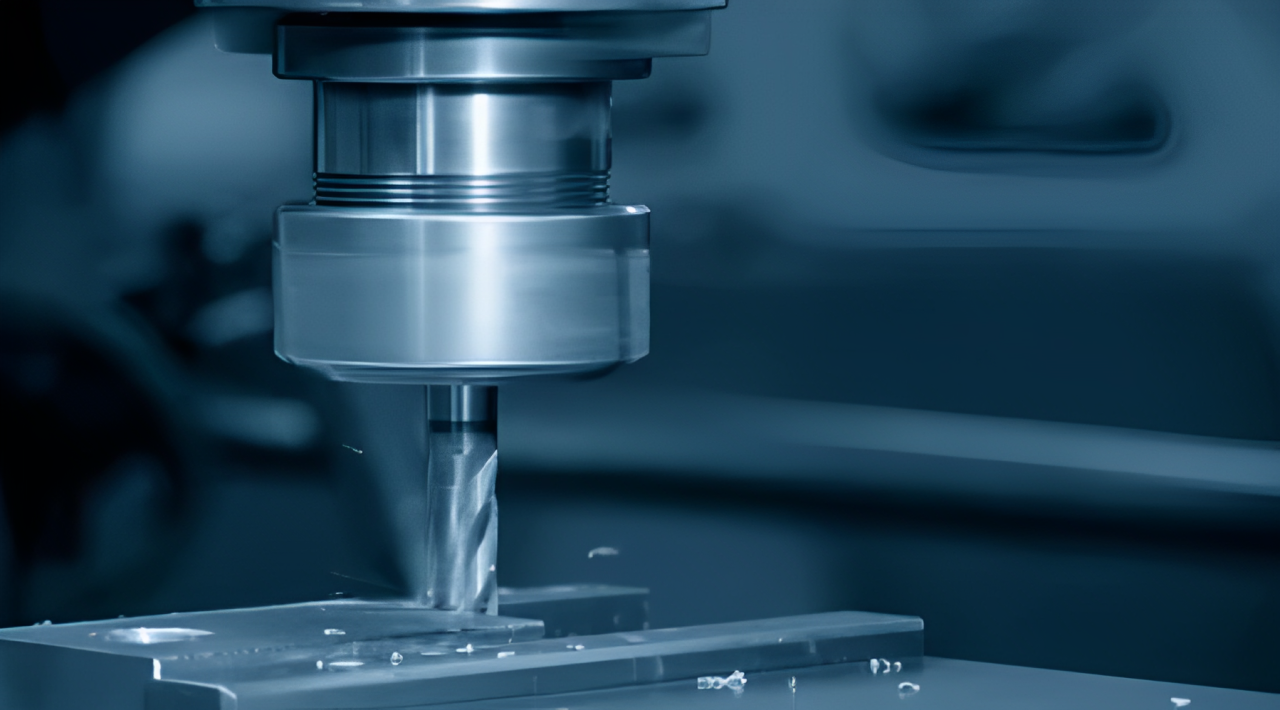
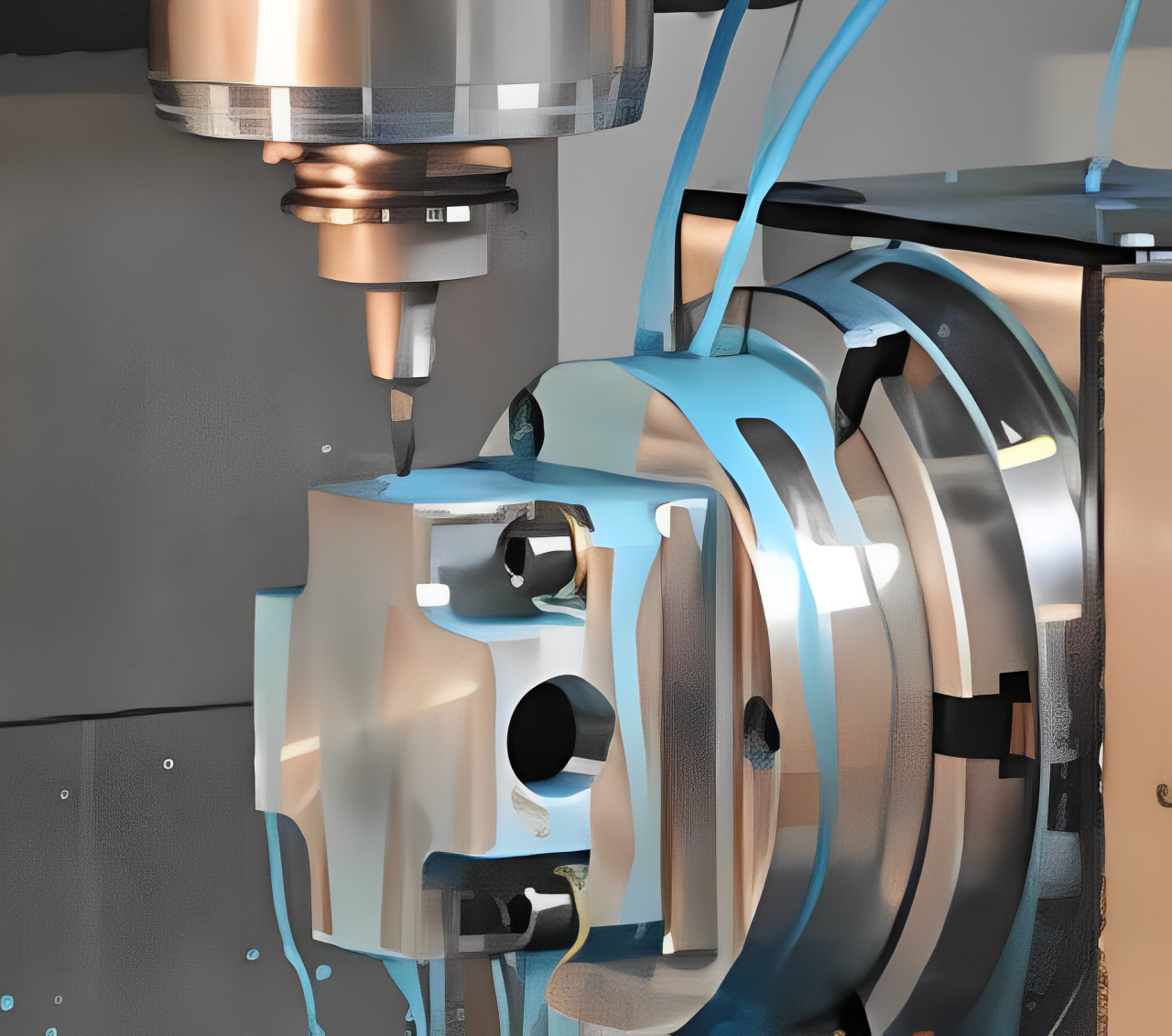
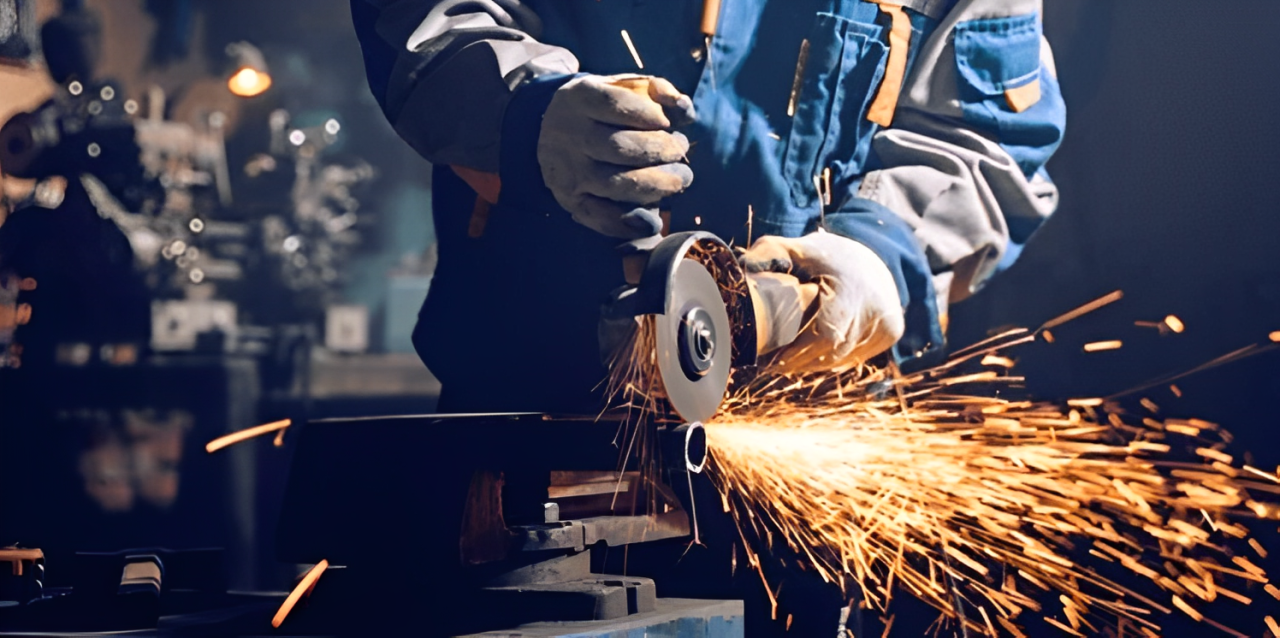
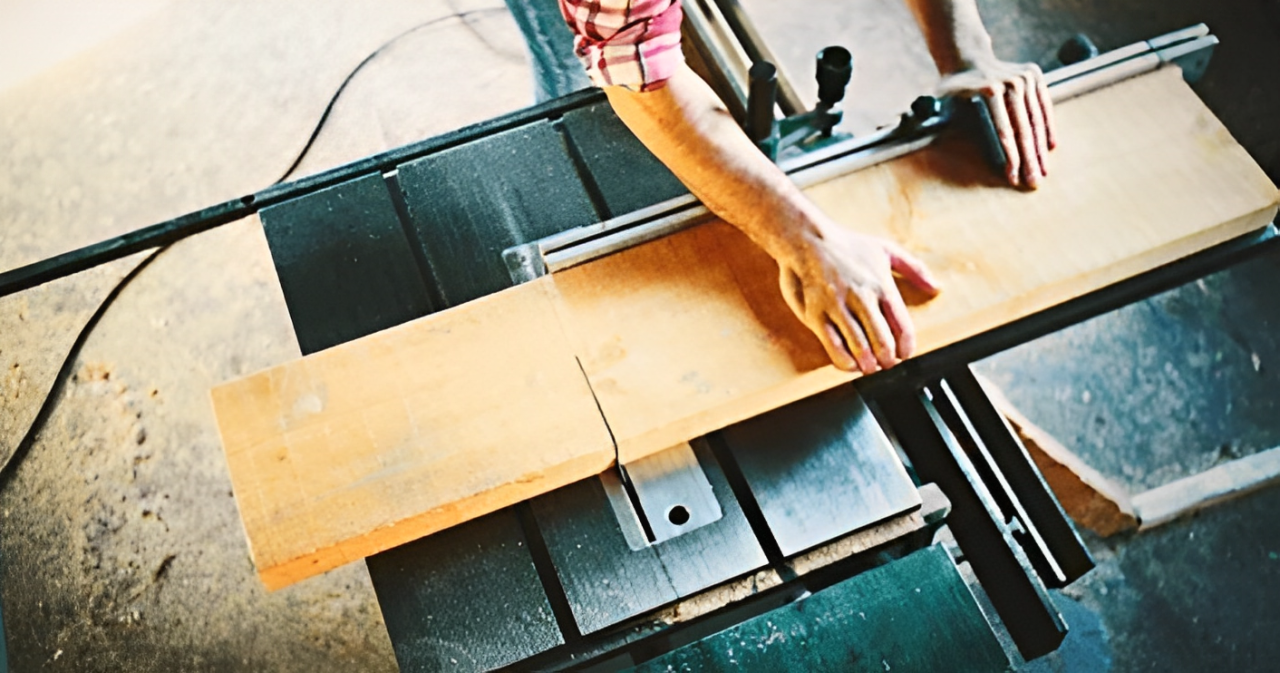
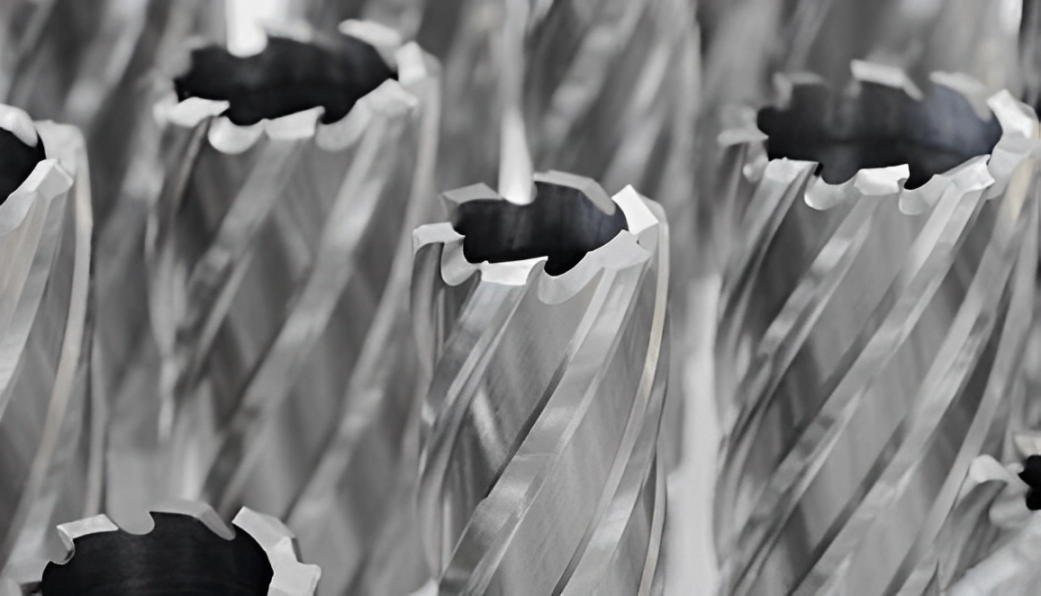
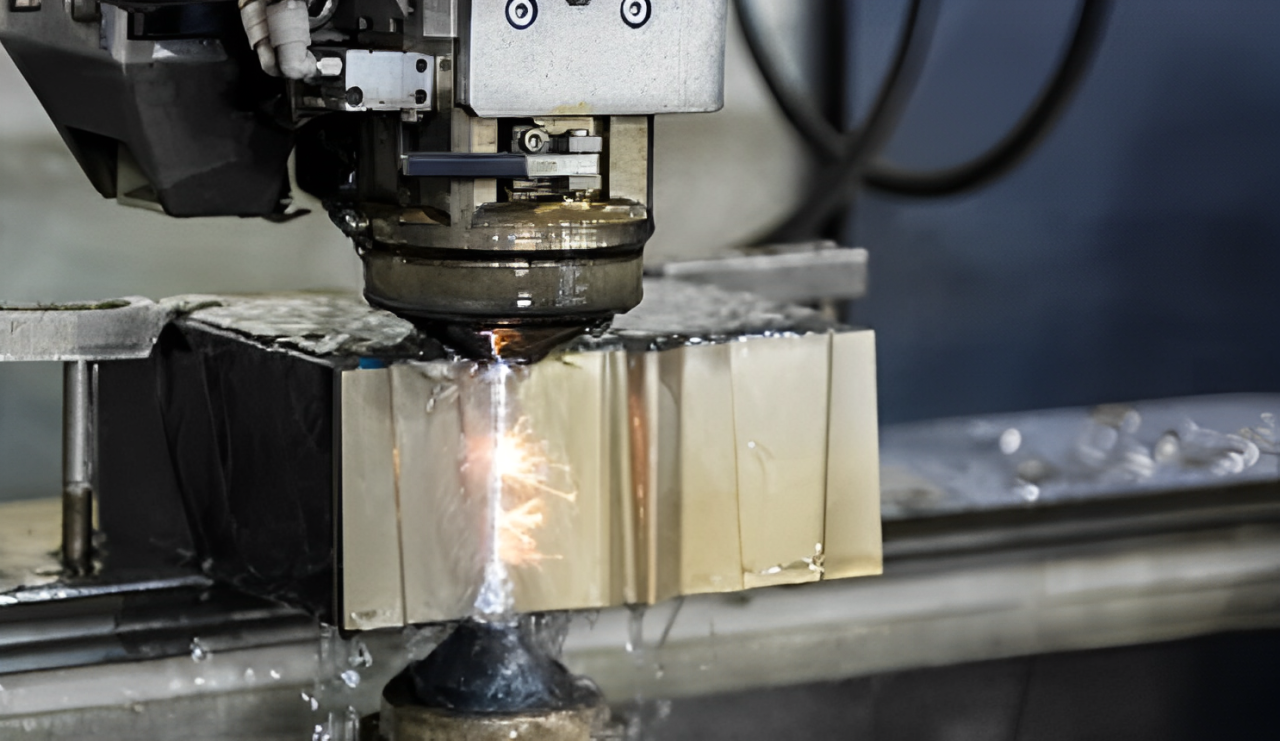
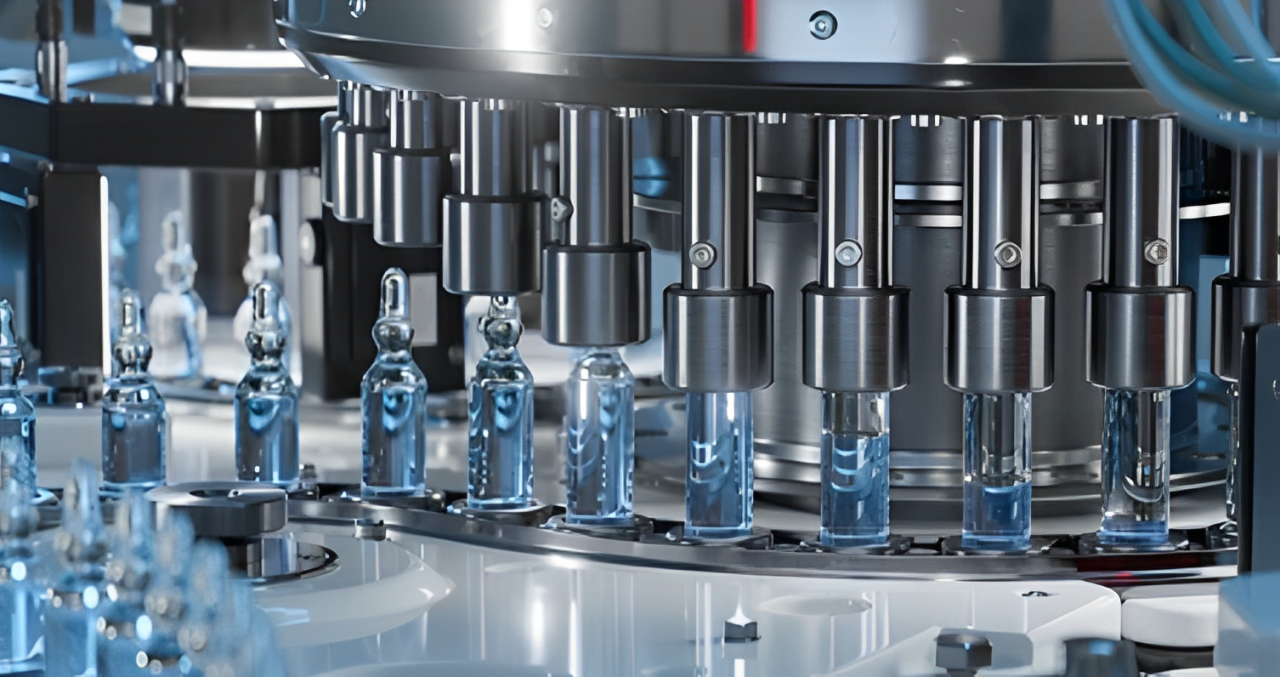
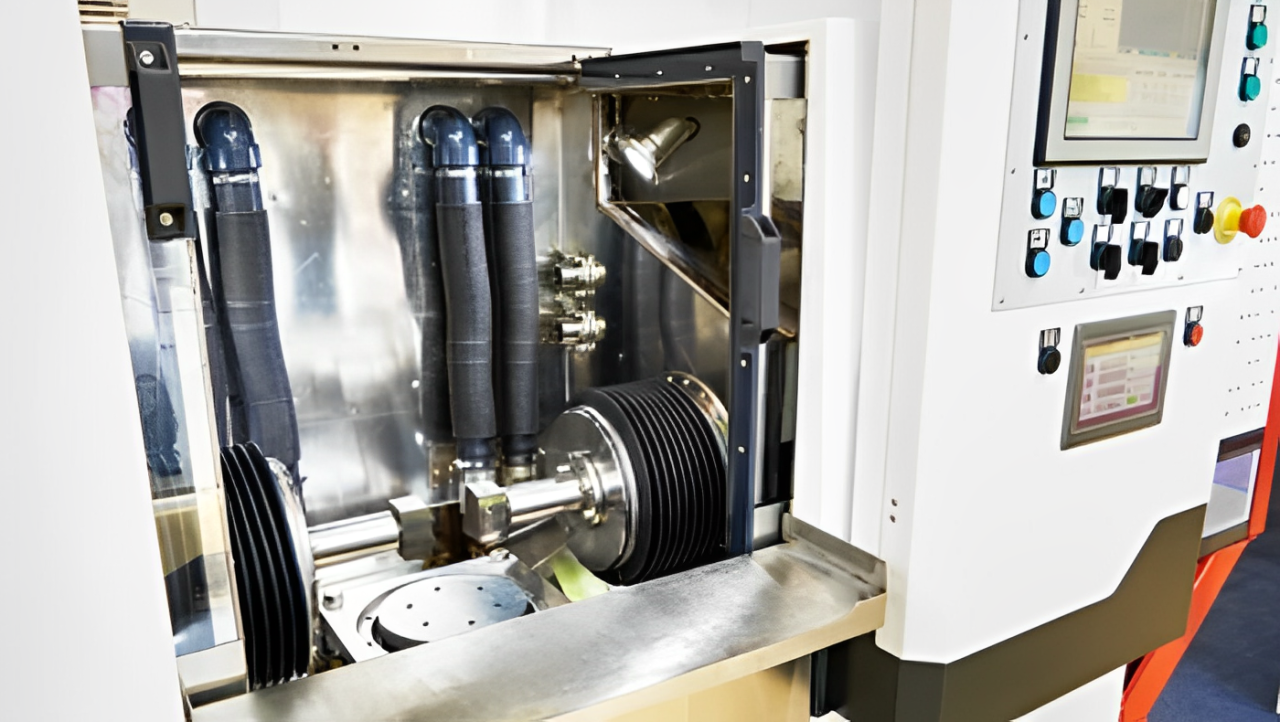

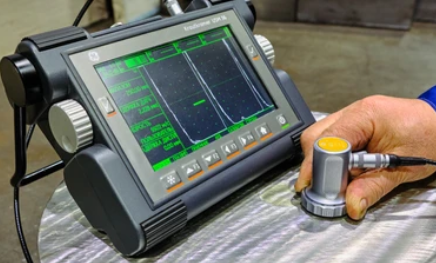
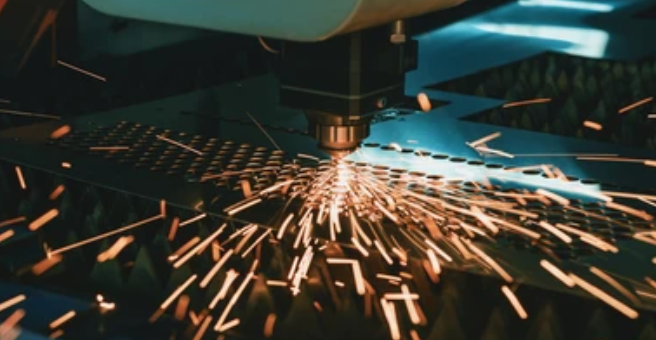
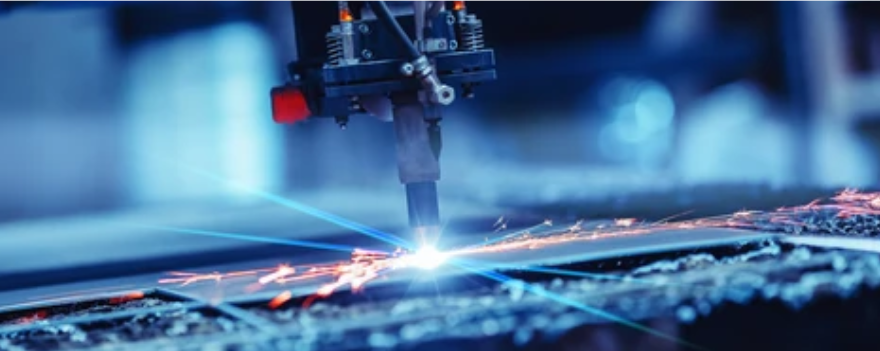


1 فكرت في "أنواع تشغيل الآلات | التقليدية وغير التقليدية”